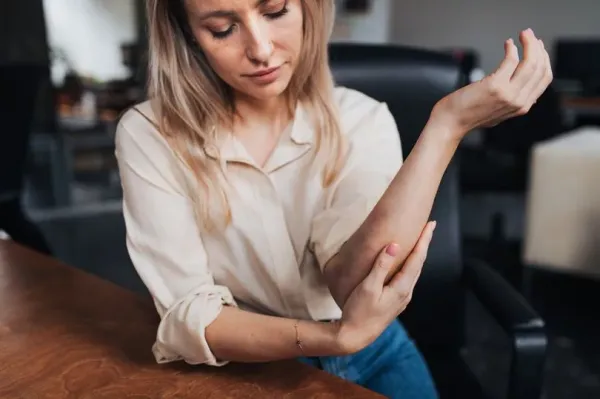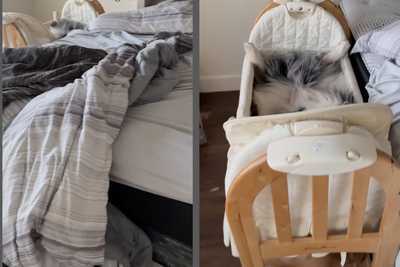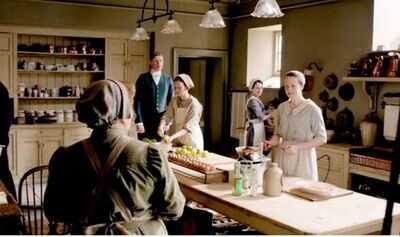Unexplained bruising or bleeding could be a sign of cancer,a charity has warned. Blood Cancer UK explains that unexplained bruising is a commonsymptomof blood cancer. Blood cancer, which includes leukaemia, lymphoma and myeloma, is caused by mutations in the DNA within blood cells, and around 40,000 people are diagnosed each year in the UK.
Other common symptomsinclude drenching night sweats, tiredness, shortness of breath and unexplained fever. While all of these symptoms could have multiple causes and do not necessarily mean you're unwell, it's worth knowing the warning signs, and you should speak to a GP about any concerns you may have.
Blood Cancer UK explains that an unexplained rash, bruising or bleeding could be caused by a low level of platelets. Advice on the charity's website says: "Bruises are a sign of bleeding under the skin and often happen after an injury, but if they appear for no reason, they can be a sign of low platelets.
READ MORE: 'I have 12 months to live after worrying symptom was dismissed as heartburn'
READ MORE: Sunbed addict given a year to live at 21 after using them five times a week
"They show as darker or a different colour to the skin around them and may feel tender when you touch them. You may see small spots in the skin (petechiae) or larger discoloured patches (purpura).
"These look like a rash but are actually clusters of small bruises. On black and brown skin petechiae and purpura typically look purple or darker than the surrounding skin and on lighter skin they tend to show as red or purple."

The webpage continues: "You may have bleeding from your nose or gums, prolonged bleeding from a cut, heavy periods, or blood in your urine or poo. In very rare cases, there may be a bleed into the brain, which can cause neurological symptoms."
Blood cancer symptoms- Weight loss that is unexplained
- Bruising or bleeding that is unexplained
- Lumps or swellings
- Shortness of breath (breathlessness)
- Drenching night sweats
- Infections that are persistent, recurrent or severe
- Fever that is unexplained
- Rash or itchy skin that is unexplained
- Pain in your bones, joints or abdomen
- Tiredness that doesn’t improve with rest or sleep
- Paleness
However, not everyone will experience the same symptoms, and people may experience other symptoms which are not included in the list.

Blood Cancer UK adds that symptoms may look different in different skin tones. "Bruises generally start as red patches which change colour and get darker over time. They often feel tender. On black and brown skin, bruises may be difficult to see initially, but as they develop, they show up as darker than the skin around them."
The charity adds: "Rashes often appear as clusters of tiny spots (petechiae) or larger blotches (purpura). On black and brown skin, they may look purple or darker than the surrounding skin.
"On lighter skin, they typically look red or purple. If you press on them, petechiae and purpura don’t fade." More information is available on Blood Cancer UK's websiteand the NHS website.









